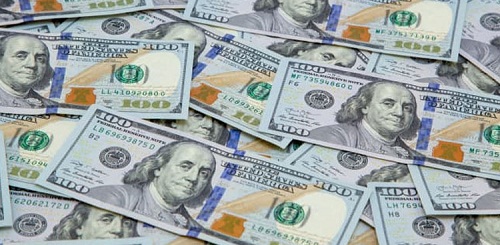WASHINGTON : The Federal Reserve finally has what it wants and predicted: signs of a US economic recovery that could undo some of the damage done by the Covid-19 pandemic.
But when the central bank’s policy-setting Federal Open Market Committee (FOMC) opens its two-day meeting on Tuesday, analysts do not expect officials to raise rates or otherwise signal any backing away from the easy money policies rolled out to aid the US bounceback, despite some fears of rising inflation.
“No one is expecting any major policy changes in terms of rates or the Fed’s asset purchases,” Andrew Hunter, senior US economist at Capital Economics.
In fact, Fed officials have clearly stated that they will not be spooked by temporary price increases into reacting too quickly and pumping the brakes on stimulus measures.
The government in recent weeks has reported the first signs that Covid-19 vaccines are bringing laid-off workers back to work and ending the suffering of businesses hard-hit by closures meant to stop the contagion.
Labor Department data showed unemployment claims hit the lowest point since the pandemic began, while the economy regained 916,000 jobs in March, pushing the unemployment rate down slightly.
Retail sales surged in March to a level 27.7 percent higher than the pre-pandemic rate a year earlier, while the Institute for Supply Management’s services index hit an all-time high last month and new home sales hit a 15-year high.
Yet even with signs hiring has picked up, more than 17 million people remain out of work and Fed Chair Jerome Powell has warned the economy will not achieve “maximum employment” this year.
“I expect that the Fed will stay resolutely patient in spite of the inflexion in the US data towards stronger growth and more rapid employment gains,” Evercore ISI Vice-Chairman Krishna Guha said.
The Fed moved quickly as the Covid-19 pandemic began in the United States in March of last year, slashing its benchmark lending rate to zero and stepping up asset purchases to inject liquidity into the economy.
The steps, together with trillions of dollars in stimulus spending approved by Congress, have been credited with keeping the world’s largest economy from a worse downturn.

















